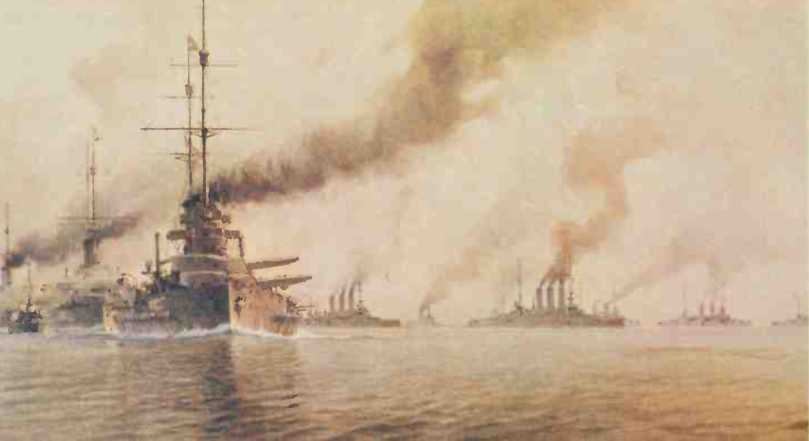In henna Emperor Karl succeeded the aged Franz Josef on the Habsburg throne, and immediately started to work for an early peace settlement, via his brother-in-law. Prince Sixtus (Sixte) of Bourbon. The Emperor’s hope was that in return for a separate peace, the Western Allies would allow Austria-Hungary to remain more or less intact. The ensuing series of negotiations, however, proved fruitless, mainly because of the

Irreconcilable nature of Austrian and Italian war aims. France made matters worse with demands that included a reversion to the French frontier of 1814 i. e., including.lsace-l. orraine and the
Saar and Landau territories, the restoration of Belgium and ofSerbia with an Adriatic outlet, and the cession of Constantinople to Russia.
'Fhe X’atican’s efforts to effeet a compromise in the summer of 1917 were equally unsuccessful. The Pope called for the renunciation of reparations and territorial annexations, but neither side was prepared to agree.
In November 1917 the Marquis of Lansdowne published a memorandum which he had shown to the British cabinet a year previously. Fhe document urged that, with'absolute victory becoming increasingly unlikely, concrete proposals for a negotiated peace be drawn up. Earlier, the inclination of some cabinet members to negotiate had led to a major political crisis and to the formation of a new government under Uavid Lloyd George, champion of the ‘knockout blow’. In 1917 Lansdowne’s views were simply ignored. Desperation had not reduced either side to breaking-point, so the war continued.




 World History
World History









